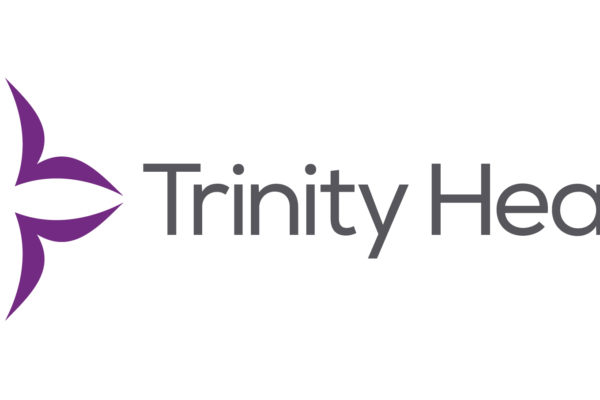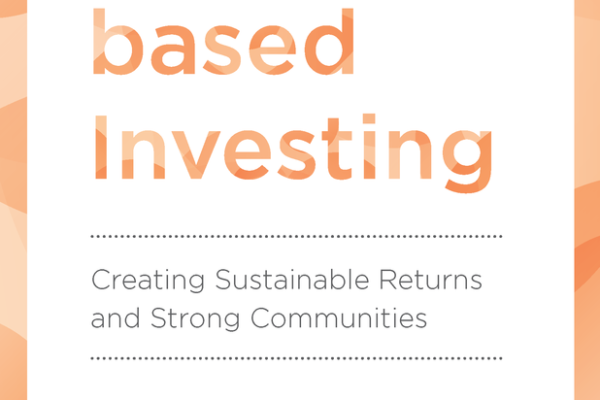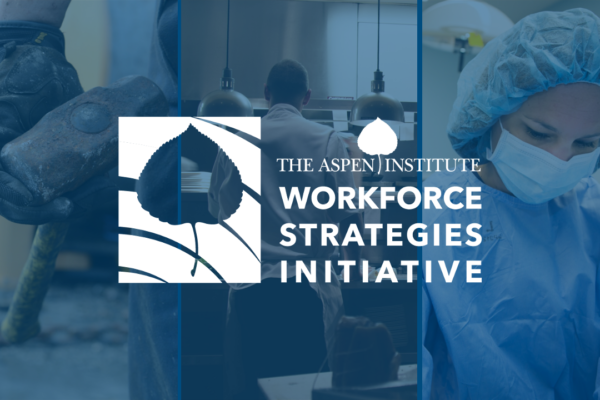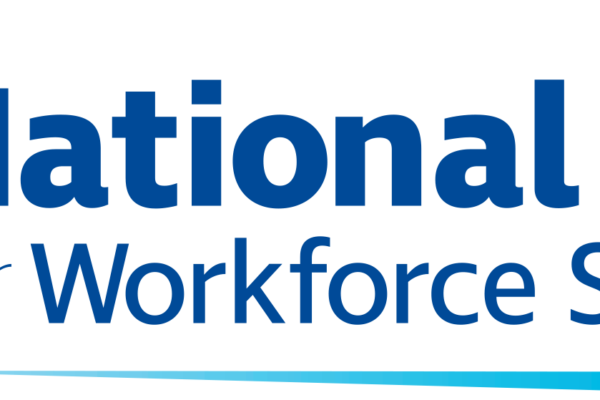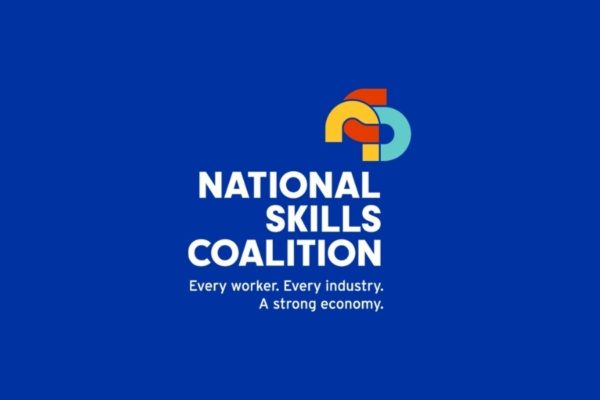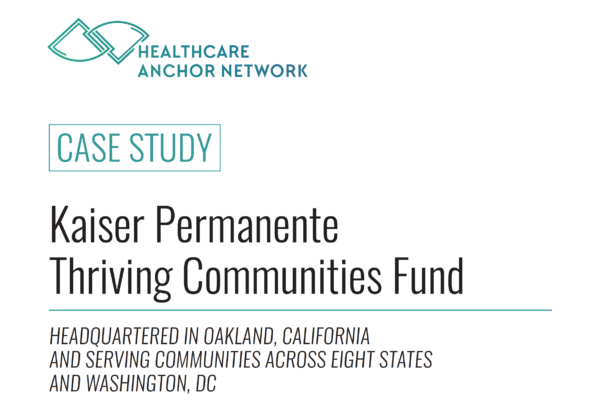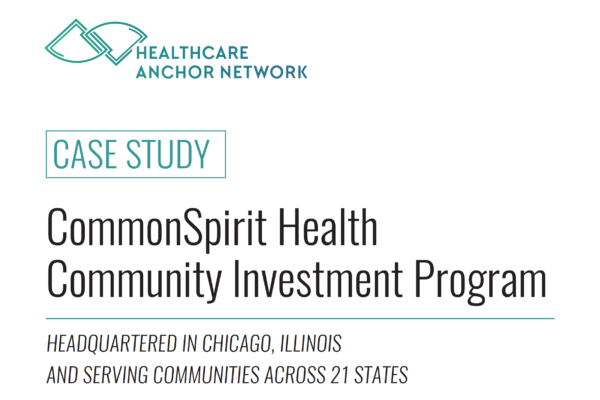Community Investment Program overview
Continue ReadingResources for the Anchor Mission
Providence’s Place-based Investment Tools and Templates
Standard form documents templates (the contract created between the lender and borrower) Form of Line of Credit Agreement Form of Loan Agreement Form of Promissory Note (used with Loan Agreement) Form of Deed of Trust Form of Guaranty Agreement Form of Environmental Indemnity Agreement Community Investment Brochure: Document that provides information to interested borrowers Community Investment Fund Pre-qualification Scan Community Building Initiative PowerPoint […]
Continue ReadingCommonSpirit Health’s Place-based Investment Tools and Templates
Loan Application: The applications that an interested party would complete requesting a direct loan. Example applications for housing providers and businesses and intermediaries. Financial Monitoring Templates: Analyses tools or “metrics” to evaluate a potential borrower’s current financial condition and future repayment projections based on cash flow. Examples for cash flow projection and financial summaries. Credit Memo Template: Internal document for preparing the […]
Continue ReadingKey Place-based Investment Resources
In Pursuit of Deeper Impact: Mobilizing Capital for Social Equity Authored by Katherine Pease and Sarah Thomas, this paper argues that conventional impact investment strategies do not have systemic impact, because they fail to incorporate an analysis of the root causes of inequality and still tend to prioritize the needs of investors over the needs […]
Continue ReadingAspen Workforce Strategies Initiative
The Aspen Workforce Strategies Initiative identifies, evaluates, and promotes promising and successful practices and policies that help workers attain stability and mobility, including through training, education, and broader systems change.
Continue ReadingCareer Pathway Mapping Tools
This toolkit of career pathway resources sheds light on the vast variety of career opportunities in healthcare, and can help health systems enable employees to find those careers and embark on their career journeys.
Continue ReadingThe National Fund for Workforce Solutions & CareerSTAT
The National Fund for Workforce Solutions supports expanding investments in inclusive, local hiring and frontline workforce development to meet critical workforce needs. CareerSTAT is the National Fund’s healthcare initiative.
Continue ReadingNational Skills Coalition
The National Skills Coalition (NSC) is the leading national workforce development advocacy organization. NSC’s issue brief “Skills for an Inclusive Healthcare Economy” outlines health sector priorities in workforce development.
Continue ReadingKaiser Permanente Thriving Communities Fund
Kaiser Permanente’s Thriving Communities Fund is explored in a new case study. The case study covers the program’s inception and design, strategies employed, partnerships, key stakeholders involved. It also explores several of the program’s projects, including the Housing for Health Fund and the SDS Supportive Housing Fund.
Continue ReadingCommonSpirit Health Community Investing Program
CommonSpirit Health’s Community Investing Program is explored in a new case study. The case study covers the program’s inception and design, strategies employed, and key stakeholders involved. It also discusses several of the program’s projects, including Stocktonians Taking Action to Neutralize Drugs (STAND), the Hill Country Community Clinic, and California FarmLink.
Continue Reading